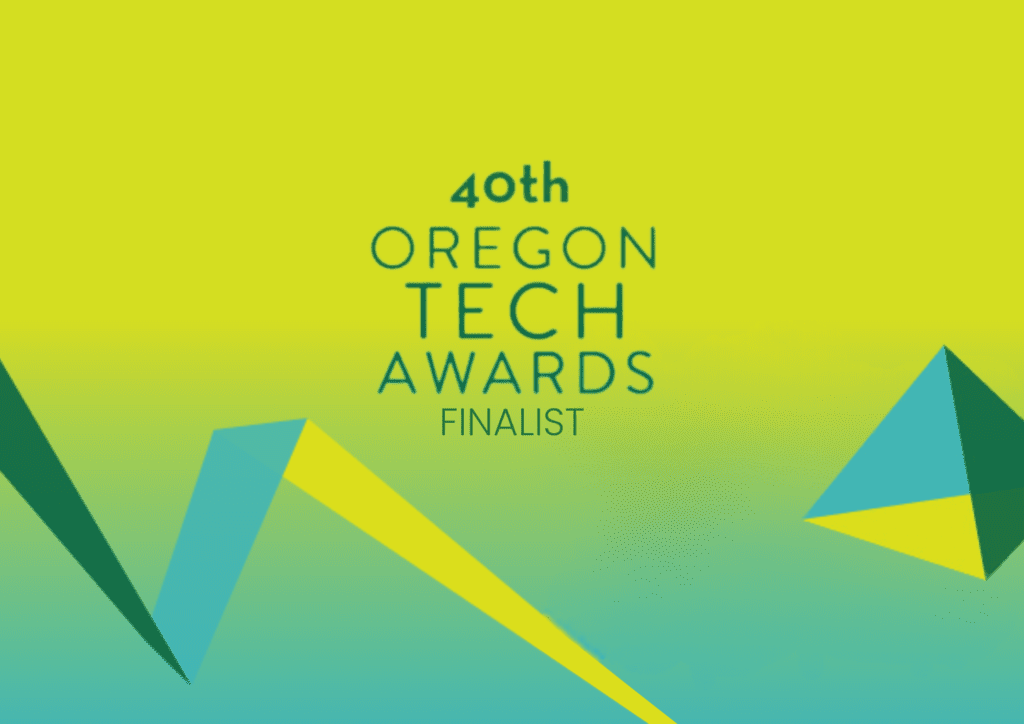On the News: Edge Networks Discusses the Centennial School District Cyber Attack
The Jump to Digital Learning
March 2020 was a time when many students across the United States learned they’d be getting an extra week or two of Spring Break. Excitement was the primary emotion as students prepared for their extended break, but no one foresaw what followed – COVID-19 sweeping the nation (and the world), forcing schools to shut down. The result? Digital learning.
The jump to digital learning was quick and led to many problems rising to the surface, like a lack of accessibility to devices and internet connection from home and teachers having little time to restructure their curriculums and adapt to new technologies alongside their students. In fact, Statista Research Department found that there was a 1,087% increase in Education app downloads solely between March 2nd-16th, 2020, a figure that’s hard to envision.
Additionally, Business of Apps found that over 90,000 schools across the United States used Zoom as their primary virtual learning platform at the height of the pandemic, which is a lot of unexpected usage for a single app. In April 2020 , news broke out that hackers had stolen over half a million passwords from Zoom. Sure, a password may not seem like a big deal, but a 2019 Google / Harris Poll study found that only 35% of people use a different password for every account, meaning 65% of people reuse the same password for multiple or all accounts. This means that it’s likely the majority of those stolen Zoom passwords were attached to other accounts, which puts more sensitive data at risk.
Click here to download a Password Best Practices E-Book!
The thought of an app as heavily used and popular as Zoom being the target of an attack should raise concern. With people all across the nation moving to online learning, and the rapid increase of unfamiliar technologies and time spent online, many were left confused, burnt out, and more vulnerable than ever.
The Centennial School District Cyberattack
In late April 2021 , the Centennial School District of Multnomah County, Oregon was the target of a ransomware attack and decided to shut schools down for a week. You might think shutting schools down for a week because of ransomware is an overreaction, but cybercrime shouldn’t be taken lightheartedly.
It was confirmed that the attackers stole, encrypted, and published data from the systems to the dark web, putting the sensitive information of the district’s faculty, staff, and over 6,000 students at risk.
Since the attack, Centennial School District officials were able to bring some systems back online but were ultimately tasked with shifting their learning resources to paper packets to replace the digital technology temporarily.
Let’s Back it Up – What’s the Deal with Ransomware?
Where Do We Go From Here?
Though it may seem unlikely, the truth is: anyone with a device that holds important data and access to the internet is at risk of a ransomware attack, not just large organizations. The ransomware attack at CWT or the attack on Zoom may seem far in the distance, but local attacks happen too, like the one within the Centennial School District. These attacks, though unfortunate, offer crucial reminders for people to review their cybersecurity health.
When asked how to best mitigate against ransomware, CEO and Founder of Edge Networks, Mark Tishenko, shared that network hygiene, vulnerability management, and backup and disaster recovery are essential and that trusting your SaaS or cloud provider just isn’t enough anymore. Additionally, employee awareness training is paramount to preventing ransomware.
Taking Steps in the Right Direction
Cyberattacks are constantly evolving, and it’s essential to implement preventative practices and build up a solid defense against them. If you are unsure where to go from here, we recommend taking our free, self-guided IT risk assessment to discover your vulnerabilities and receive tips on how to improve your cybersecurity, or schedule a call with us for a free 30-minute consultation.
Staying educated on ransomware trends can also help you stay one step ahead of cybercriminals.




